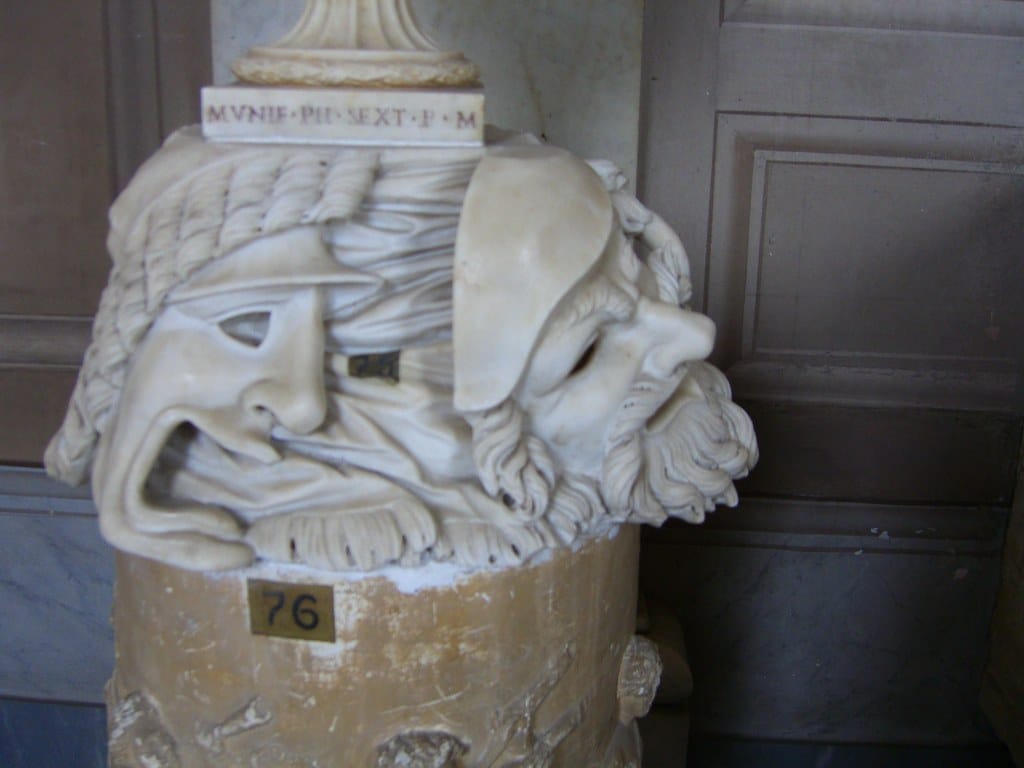Pope Francis Draws Line in Digital Sand: Vatican Rejects AI Avatar for Virtual Audiences
The Holy See maintains that papal presence requires authentic human connection, declining tech company proposals for AI-generated papal appearances
In an era where artificial intelligence is reshaping everything from customer service to entertainment, one of the world's oldest institutions has drawn a firm line in the digital sand. The Vatican has officially rejected proposals from multiple technology companies to create an AI-powered papal avatar for virtual audiences, with Pope Francis reportedly stating that "the shepherd must be present with his flock, not simulated."
The decision comes amid growing pressure on religious institutions to embrace digital transformation, particularly following the pandemic's acceleration of virtual religious services. However, the Vatican's stance signals a broader philosophical debate about authenticity, presence, and the irreplaceable nature of human connection in spiritual matters.
The Proposal That Sparked Debate
According to sources within the Vatican's communications department, at least three major technology firms approached the Holy See in recent months with sophisticated proposals for creating a photorealistic papal avatar. The proposed system would have used advanced AI to generate responses to audience questions, drawing from the Pope's extensive writings, speeches, and theological positions.
The technology, similar to systems already deployed by some corporations for customer interactions, would have allowed the Pope to "meet" with thousands more faithful worldwide without the physical demands of constant travel and audiences. Proponents argued it could democratize access to papal guidance, particularly for Catholics in remote regions or those unable to travel to Rome.
One proposal reportedly included the ability to conduct virtual audiences in over 50 languages, with the AI avatar maintaining the Pope's distinctive speaking patterns and gestures. The system would have been trained on decades of papal communications, creating what developers claimed would be an authentic representation of papal teachings.
Vatican's Theological Concerns
The Vatican's rejection wasn't merely about technological skepticism. Cardinal Pietro Parolin, the Vatican Secretary of State, outlined several theological and pastoral concerns in internal documents obtained by Vatican News. Primary among these was the concept of "real presence"—a fundamental Catholic doctrine that extends beyond the Eucharist to encompass the importance of authentic human encounter in spiritual matters.
"The papal office is not merely about conveying information or even wisdom," one Vatican official explained. "It's about the witness of a life lived in faith, the connection between one human soul and another. This cannot be replicated by algorithms, no matter how sophisticated."
The Church's position reflects centuries of theological emphasis on incarnation—the belief that divine truth is best communicated through authentic human presence and relationship. For an institution that traces its authority through an unbroken line of human successors to St. Peter, the idea of digital intermediation raises fundamental questions about legitimacy and authenticity.
Digital Divide in Religious Practice
The Vatican's decision highlights a growing tension within religious communities about technology's role in spiritual life. While the Catholic Church has embraced social media, livestreaming, and digital communications, it has consistently maintained that virtual experiences cannot fully replace physical presence in sacramental and pastoral contexts.
This stance contrasts sharply with some other religious communities that have more fully embraced digital transformation. Several Protestant denominations now offer virtual communion services, while Buddhist and Hindu communities have experimented with AI-powered meditation guides and spiritual advisors.
Recent surveys indicate that while 73% of Catholics used digital religious services during the pandemic, only 34% view virtual religious experiences as equivalent to in-person participation. This data appears to support the Vatican's emphasis on authentic presence.
Looking Forward: Technology as Tool, Not Replacement
While rejecting AI avatars, the Vatican continues to explore technology as a tool for evangelization and communication. Recent initiatives include enhanced Vatican Radio streaming services, virtual reality tours of St. Peter's Basilica, and multilingual podcast series featuring papal teachings.
"We embrace technology that helps us reach more souls," explained Monsignor Lucio Ruiz, secretary of the Vatican's Dicastery for Communication. "But we must never confuse the tool with the message, or the medium with the minister."
The Human Element Remains Sacred
The Vatican's rejection of papal AI avatars ultimately reflects a deeper conviction about the irreplaceable nature of human presence in spiritual leadership. In an age of increasing digitization, Pope Francis and the Catholic Church have affirmed that some aspects of human experience—particularly those touching the sacred—require authentic, embodied presence.
This decision may well influence how other religious institutions approach AI integration, setting a precedent for maintaining human authenticity in an increasingly digital world. For the world's 1.3 billion Catholics, it confirms that their spiritual leader will remain decidedly, authentically human.
